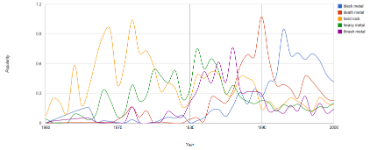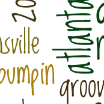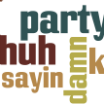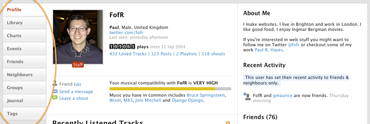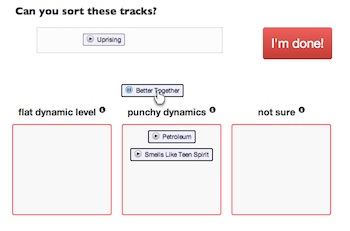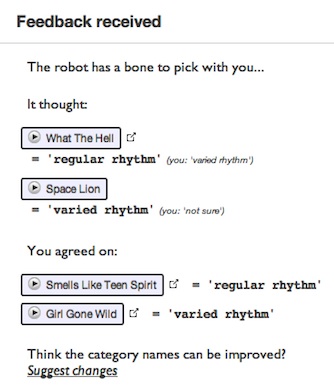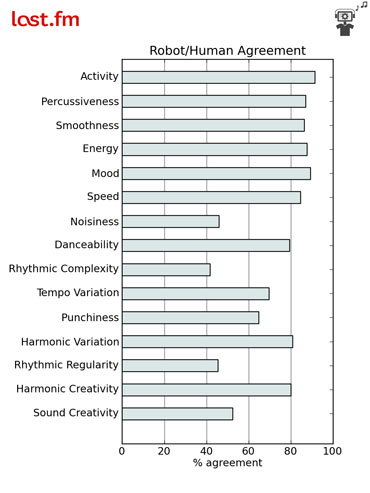Our latest offering of open source software from the Last.fm headquarters is last.json, a JSON library for C++, that you can now find on GitHub. If you are coding in C++, need to work with JSON data and haven’t found a library that you like, do check it out.
We at Last.fm benefit a lot from open source software. Almost all our servers run Linux, the main database system runs PostgreSQL, and our big data framework for data analysis is based on Hadoop, just to name a few examples. Of course, not the entirety of all software needed to run Last.fm is freely available. We have had to write lots of code ourselves. When a building block is missing in the open source software universe that we have to carve ourselves, and we think our solution is good and is general enough to be useful for other people, we like to contribute back to the community and release it as free and open source.
JSON has become hugely popular as a format for data exchange in the past few years. The name JSON stands for “JavaScript Object Notation”, and it is really just the subset of the programming language JavaScript’s syntax that is needed to describe data. A valid bit of JSON is either a number (say, 12 or -5.3), a truth value (true or false) a string literal (“hello world!”), the special value null (a placeholder for missing or unassigned data), or one of the following two: lists of JSON values and mappings of property names to JSON values. These last two data types allow to actually express almost any data using JSON. A list could be [1,2,3] or [99, “bottles or beer”]. It is literally a list of data elements, which can be of identical type (like the all numbers list in the first example), or different types (like a number and some text in the second example). You can add structure to your data using mappings: { “object”: “bottle of beer”, “quantity”: 99 }. A mapping is basically a set of key-value pairs, where the key is a bit of text (“object” and “quantity” in the example) and the value can have the form of any of the JSON data types.
Now you know all the rules of JSON data. The reason why it is so ultimately versatile is that you can nest those data types. Any element of a list or any value in a mapping can be a list or a mapping itself. Or any of the other primitive data types. This is perfectly valid JSON:
{
"artist": "White Denim",
"similar artists": ["Field Music", "Unknown Mortal Orchestra", "Pond"],
"toptracks": [
{ "title": "Street Joy", "scrobbles_last_week": 739 },
{ "title": "It's Him!", "scrobbles_last_week": 473 },
{ "title": "Darlene", "scrobbles_last_week": 386 }
]
}
You can imagine how this can be used to describe virtually any data structure. It is much simpler than XML and many other data formats. And the good thing is that not only computers are able to read JSON, humans are, too! As you can see in the example, not only can you read the data, you understand immediately what it is about. More often than not, JSON data is self-explanatory.
So, as I said before, JSON has become very popular for data exchange. It is a breeze to use in JavaScript (which is not surprising, because any JSON is also valid JavaScript) and many other programming languages like Python, Perl or Ruby. If you are familiar with any of these languages, you probably see that these languages have data types very similar to the JSON types, and it is therefore easy to represent and work with JSON data in those languages.
Unfortunately, less so in C++. C++ is strongly typed, which means that you always declare a variable with a specific type. It can be a number or a text string if you want, but you have to decide which one it shall be at the time you are writing your programme code. There are standard types for lists and mappings, too, but those require their data members to be of identical type. So you can have a list of numbers, or a list of strings, but not a list of items that could individually be a number or a string.
We use C++ for many of our backend data services, because it is fast and not resource hungry. If you have a good level of understanding, you can do great things in C++, and we love to use it for certain tasks. When we first wanted to use JSON for data exchange in our C++ programmes, we looked for a good library that makes it easy to juggle with JSON data, but we couldn’t find none that really satisfied our needs. So we spent some time writing our own library. And because we think it’s not too bad, and other people might have the same needs, we have now open sourced it under the MIT license, which basically means that you can use it freely in your own projects, but we refuse any liability for bugs or whatever could go wrong with it.
So, how do you work with JSON using last.json? The library defines a datatype lastjson::value which can hold any JSON data. You can check at runtime what data type it actually holds, and then convert it (or parts of it) to standard C++ types. The best practice, however, is to use it much like you would in those scripting languages I mentioned earlier: you just access elements of list or mappings as the data types you expect them to be. If the JSON data does not have the structure you assumed, the last.json library will throw an exception that you can catch. Imagine, you have a variable std::string json_data that contains the JSON fragment from the example above (the one about White Denim):
lastjson::value data = lastjson::parse(json_data);
This parses the json string into the lastjson::value representation. And these are a few things you can do with the parsed JSON data:
try
{
std::cout
<< "Artist name: "
<< data["artist"].get_string()
<< std::endl
<< "Second similar artist: "
<< data["similar artists"][1].get_string()
<< std::endl
<< "Top track last week: "
<< data["toptracks"][0]["title"].get_string()
<< std::endl
<< "... with "
<< data["toptracks"][0]["scrobbles_last_week"].get_int()
<< " scrobbles."
<< std::endl;
}
catch (lastjson::json_error const & e)
{
std::cerr
<< "Error processing JSON data: "
<< e.what()
<< std::endl;
}
last.json tries to make working with the JSON data as easy as in scripting languages. This was just an example, and last.json has many more cool features. So if C++ is your language of choice, go and check it out now.




